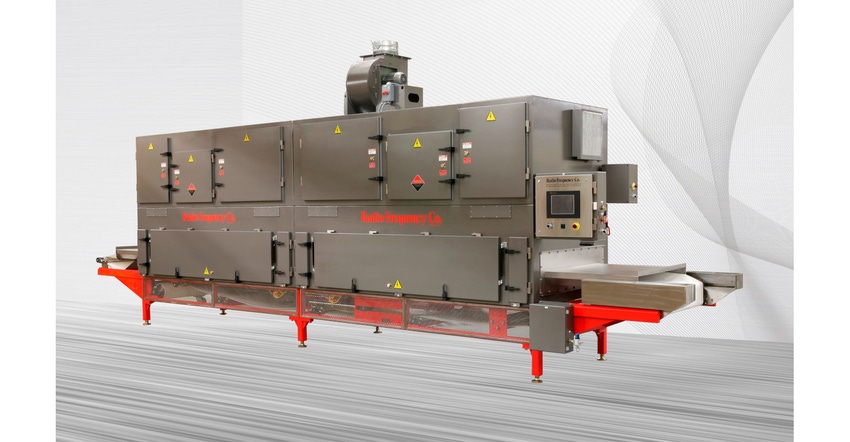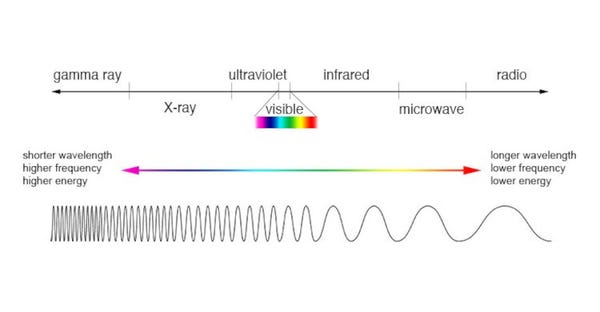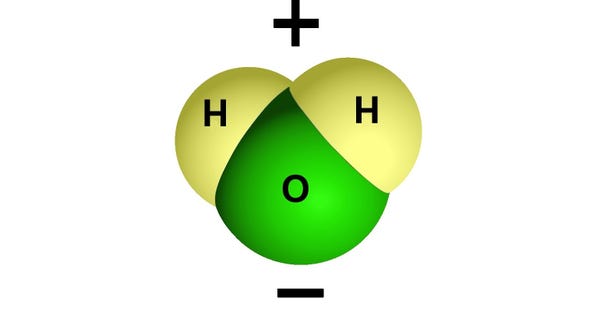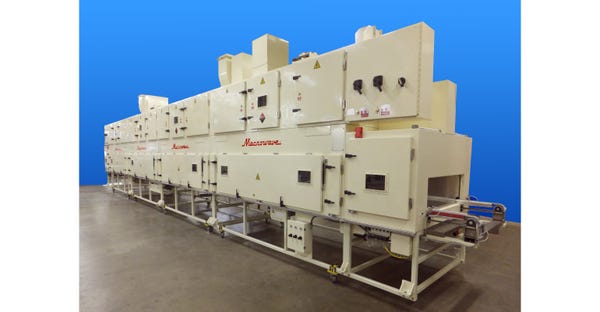Manufacturers are retrofitting new RF systems in-line with existing traditional technologies to increase productivity or solve critical moisture control issues
January 4, 2023

Timothy D. Clark, president & CEO, Radio Frequency Company, Inc.
Radio Frequency (RF) heating and drying systems utilize electromagnetic energy to rapidly heat and dry many types of bulk materials, as well as finished products with excellent speed and efficiency. Generally speaking, they require only a fraction of the floorspace of conventional heating technologies, produce no greenhouse gasses, do not require high process temperatures, and provide excellent control of final moisture content and uniformity.
Today, many manufacturers are retrofitting new RF systems in-line with their existing traditional technologies to increase productivity or solve critical moisture control issues. This hybridized approach has shown a convincing ROI, while at the same time, increasing energy efficiency and final product quality.
Before providing an analysis of the available equipment and drying applications, let’s first review what electromagnetic energy is. Below is the electromagnetic energy spectrum with visible light toward the center. To the left we have increasing frequencies and higher energy levels out towards x-rays and gamma rays, which are both forms of “ionizing” radiation. Often referred to as “irradiation.” To the right we have decreasing frequencies and decreasing energy toward microwave and lower yet, radio waves. Both microwave and RF are forms of “nonionizing” radiation, and not to be confused with “irradiation.”

Electromagnetic energy spectrum
The definition of “Ionizing radiation” from the CDC is “a form of energy that acts by removing electrons from atoms and molecules.” RF energy does not split atoms.
How Radio Frequency Heating Works
The unique structure of the polar water molecule, H2O, is the basis for the thermal response of water when subjected to an alternating RF energy field. A water molecule is magnetically polar because there is an uneven distribution of electrons between the oxygen and hydrogen atoms. In a radio frequency heating system, the RF generator creates an alternating electric field between two electrodes, above and below the conveyor. This causes the water molecules to rotate to face the opposite pole much a way a bar magnet would rotate in an oscillating magnetic field. The constant rotation causes friction and heat to rapidly develop.

Polar water molecule
In the decision-making process whether to employ this technology in a drying process, some of the notable process characteristics of RF heating and drying are as follows:
Precise and uniform moisture control. Radio frequency is unique in that it will preferentially heat a product where the moisture content is the highest. Many drying processes are prolonged by the inability of conventional heat to penetrate into the interior of a material, which considerably extends the drying time for the last few percentages of moisture to be dried or cured. In products with a uniform moisture distribution, the heating is volumetric and instantaneous.
Low drying temperatures. In most applications the temperature is limited to the boiling point of water. This type of drying is sometimes referred as in-situ drying as the water leaves the material as a gas rather than by capillary action from surface heating. Because the drying is in-situ, solids found in many aqueous coatings and binders stay uniformly distributed in the materials rather than migrating to the surface and forming a crust.

Extruded ceramic diesel particulate filters and catalytic converter substrates
Uniform shrinking. Many products, such as ceramics, shrink as they dry, and if the exterior dries before the interior, surface cracking can be a major quality issue. Automotive catalytic converter substrates are dried with RF for this very reason. Volumetric heating and drying means also that the shrinking is uniform and eliminates surface cracks.

420kW RF drying system for diesel particulate filters
Ability to penetrate insulative materials. Conventional heating works well when the thermal conductivity of a product is high. However, the efficiencies are poor with an insulative material. Throughout the baking industry, a hybridized approach is used where conventional gas-fired ovens are used at the beginning of the baking process where the dough has a high moisture content and is a good thermal conductor, and followed by RF when the product develops loft and a crumbs structure that is difficult to penetrate with hot air without scorching the surface.

240kW Radio Frequency drying system for nonwoven battings
Energy efficient. RF energy is “instant-on,” with no warm-up time necessary to preheat heavy structures or large volumes of air. Also, when no product is in the system, the power consumption is minimal. Power is only consumed when there is material in the system and used in proportion to the amount of water to be removed, or mass to be heated. Heat from generator cooling is reclaimed and used in the drying process for moisture scavenging further increasing the efficiency of RF heating technology.
Reduction of factory floor space. Typically, RF drying systems require one fifth of the floor space required by conventional drying technologies. This is due to the fact that is no residence time required for heat to penetrate from the exterior to the interior. RF heating is instantaneous throughout all dimensions of the material to be dried or cured.
Microwave vs. Radio Frequency. Although microwave and RF are both forms of electromagnetic heating, there are distinct differences for consideration relative to industrial drying applications. Depth of penetration is a key variable when processing thicker materials or a bed depth of product on a bulk handling conveyor. At microwave frequencies (900-2,450 mhz) the depth of penetration is limited to approx. one inch from the surface whereas at RF frequencies (13.56 to 40.68 mhz) the penetration depth increases to several feet. Another aspect of microwave energy is that resonant cavities are inherently nonuniform in nature such that hot and cold spots are common, hence the need for turn tables to increase the uniformity of heating. RF heating systems convey materials between two electrode arrays above and below the product where the distribution of energy is uniformly applied to the product load. However, microwave systems may be a good choice for products with compound curvatures or complex shapes which do not lend themselves well to RF heating.
Today manufacturers can choose from an extensive variety of RF systems available in a full range of power outputs and configurations, such that the correct fit in terms of budget and process capabilities can be met. Although RF can be capital intensive on the front end, they are also energy efficient and require less maintenance than conventional drying technologies. Capital and running costs are easy to calculate for sample business cases, which can be created and submitted by any supplier. Also, sample testing and feasibility studies are available from most RF manufacturers making the exploration of this heating technology easier than ever.
Benefits of Radio Frequency Drying:
Precise and uniform moisture control
Low drying temperatures
Uniform shrinking
Ability to penetrate insulative materials
Energy efficient
Reduction of factory floor space
Great depth of penetration vs. microwave
Timothy D. Clark is president & CEO, Radio Frequency Company, Inc. (Millis, MA). For more information, call 508-376-9555 or visit radiofrequency.com.
You May Also Like


